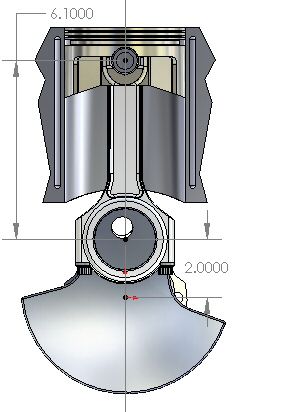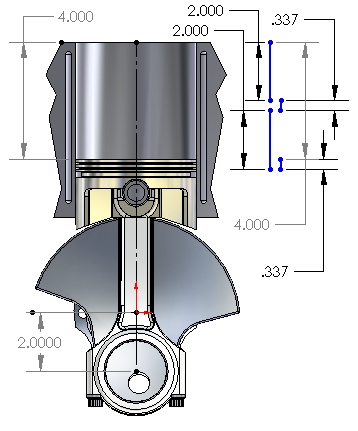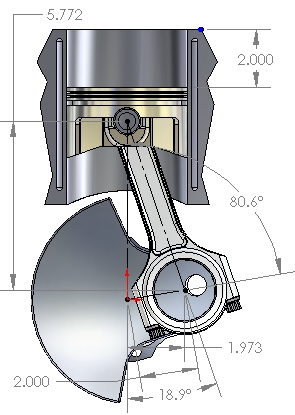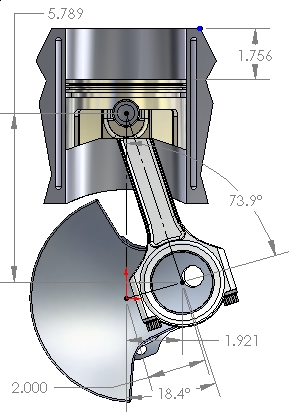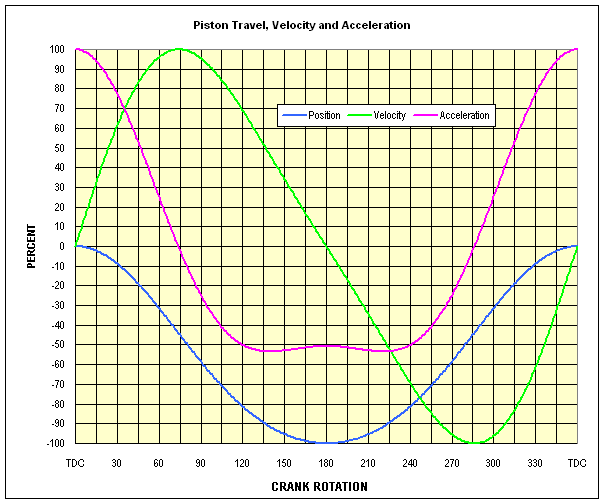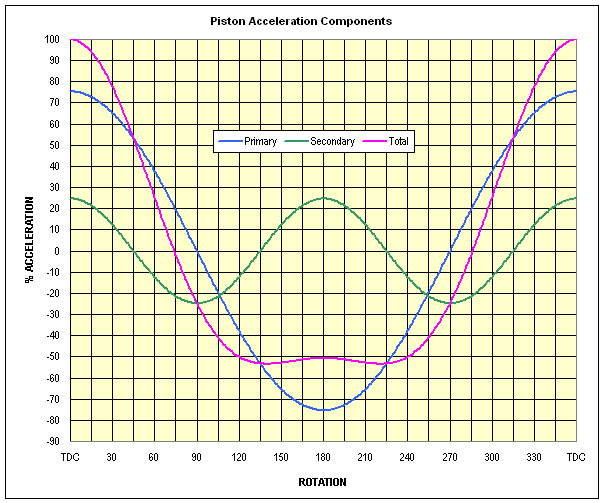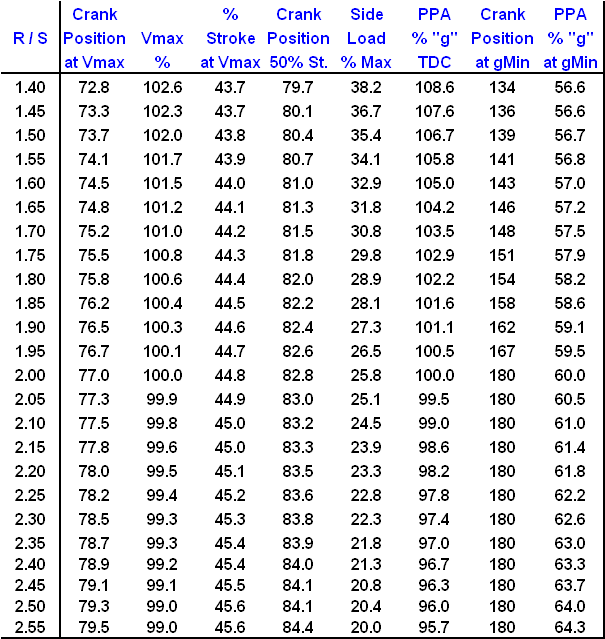Grumpy, here's a question for you:
Now that my block is out and I am going to detail it....
While it is out, I am also trying to decide if I should buy a forged assy from Ohio Crank to make a 421 + uptick boost... or leave the short block stock and reassemble as it was.
Is there any advantage to a forged rotating assy with a stock 400 block? Or is this a waste?
Thanks!
D.
Now that my block is out and I am going to detail it....
While it is out, I am also trying to decide if I should buy a forged assy from Ohio Crank to make a 421 + uptick boost... or leave the short block stock and reassemble as it was.
Is there any advantage to a forged rotating assy with a stock 400 block? Or is this a waste?
Thanks!
D.


